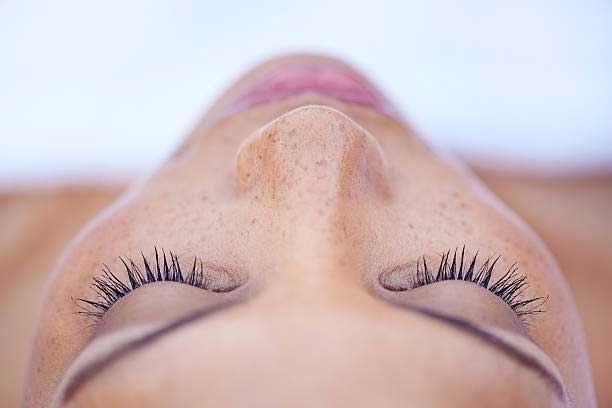Cartilage grafting in rhinoplasty is a surgical technique where a piece of cartilage taken from the patient's body is used to reshape, augment, strengthen, and/or provide structural support to the nose.
Among the various techniques in cartilage grafting, one that has garnered significant attention for its satisfactory results is diced cartilage grafting with fascia (DCF). This popular procedure combines the durability of cartilage with the supportive nature of fascia tissue, offering a range of benefits. In this article, we'll delve into the advantages of DCF and why it is a go-to choice for many rhinoplasty surgeons. But first, let's look at why we need grafting in the first place.

Why is grafting necessary in rhinoplasty?
Two of the biggest concerns of ethnic rhinoplasty patients are a depressed nose with a bridge lacking definition, which needs to be augmented, and a bulbous tip, which needs to be refined. Grafting provides the necessary structural support to the nose, ensuring that any changes made during rhinoplasty are durable and long-lasting. It also allows for precision in sculpting and helps maintain the integrity of the nasal passages. Thick-skinned patients also need strong support provided by grafts to achieve the best results since thick skin tends to mask subtle changes made during surgery.
What is the source of nose grafts?
The primary sources of autologous cartilage grafts are the patient's septum (inner wall of the nose), ears, or ribs. While some doctors may also opt for silicone implants, cartilage grafts provide natural-looking results, and since they often come from the patient's body, they integrate well, minimizing risks of graft rejection or allergic reactions. They also offer the durability and structural integrity needed to uphold changes made during rhinoplasty.
What is the difference between ear, nose, and rib cartilage grafts?
- Septal (nose) cartilage: This is preferred because of its proximity and compatibility. It's relatively easy to harvest and can be used for subtle refinements.
- Ear cartilage: Softer and more flexible, this is often used for smaller grafting needs but may not offer as much structural support as the other sources.
- Rib cartilage: This is robust and offers a significant amount of graft material, making it ideal for more extensive reconstructions such as bridge augmentation.
The final choice, of course, depends on the patient's requirements and the surgeon's recommendation.
What is diced cartilage grafting with fascia?
Diced cartilage grafting with fascia (DCF) involves using small, diced cartilage harvested from the patient, which are then wrapped in fascia (a thin layer of fibrous tissue) and implanted into the nose. The fascia serves as a scaffolding for the diced cartilage, holding it in place and facilitating easier manipulation. This gives the reshaped nose a smoother, more natural appearance and texture.
Benefits of DCF
In mono-block applications of rib cartilage or silicone implants, there is a high risk of warping, displacement, contour irregularity, and unnatural-looking results. Foreign-material implants are already associated with a higher risk of infection or extrusion. Plastic surgeon Dr. Bora Ok is one of the proponents of the DCF method: "I believe diced cartilage with fascia is the best method for bridge augmentation in ethnic rhinoplasty patients. After having gone through many methods, I've come to the conclusion that this is the one yielding the best results in the short- and long-term."
Why DCF?
- It delivers natural-looking results: The diced cartilage provides a more natural feel and look to the nose, as it integrates well with the existing nasal tissues. The wrapped fascia aids in providing a smooth contour, eliminating the risk of visible edges or irregularities.
- It provides increased viability: Fascia ensures the viability of the cartilage tissue, which is crucial in the long run.
- It minimizes the risk of complications such as infection, warping, or displacement: By utilizing the patient's own cartilage and fascia, the likelihood of adverse reactions such as infections is reduced. Additionally, the DCF technique ensures the graft remains stable and securely in place, preventing any visible irregularities.
Diced cartilage grafting with fascia is a reliable and effective technique for augmenting the nasal bridge, sculpting the tip, and creating structural support in the most natural-looking and enduring way possible. It addresses many of the limitations commonly associated with other grafting techniques, such as warping, malalignment, displacement, or extrusion. If you are looking to get a nose job in Istanbul, reach out to us via WhatsApp or fill out the form below to schedule a consultation today!
